With its imposing forms and raw materials, this movement has never stopped influencing modern architecture. And now, with the release of A24’s The Brutalist, nominated for 10 Academy Awards, and winning 3 Oscars including Best actor, it’s time to dive into the aesthetic that revolutionized design and construction!
Brutalism emerged in the post-war era as a direct response to the urgent need for city reconstruction. Bold lines, exposed concrete, and absolute functionality defined this movement. The name comes from the French term béton brut, meaning ‘raw concrete,’ but its message goes beyond materials—it’s architecture that speaks of resilience, identity, and a vision for the future.

These projects prove that Brutalism was always ahead of its time. But it didn’t stop in the past—this style is making a powerful comeback, gaining new interpretations in contemporary architecture!
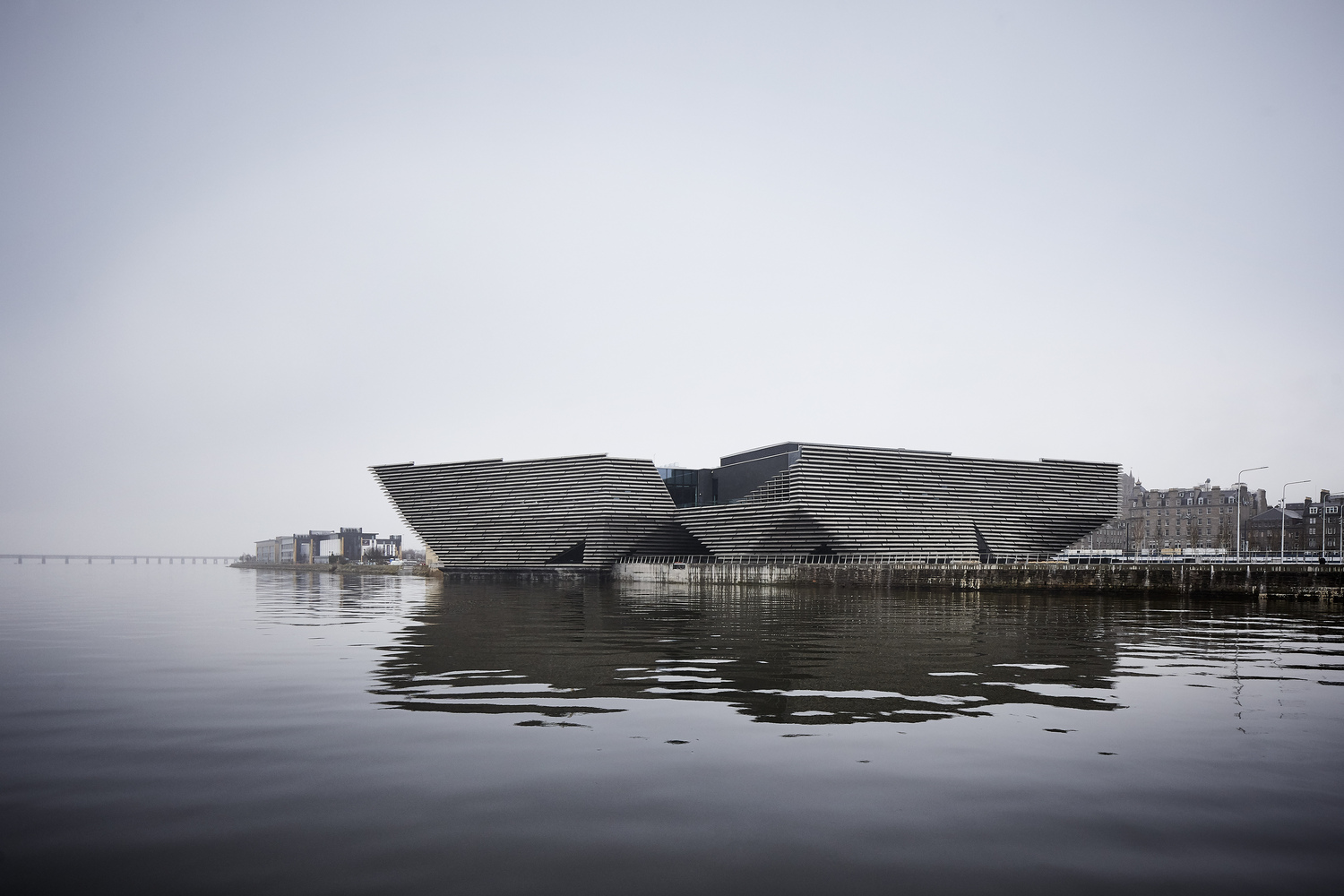
From museums to residences, Brutalism continues to shape our contemporary world, as represented by these iconic buildings today—and now, also in cinema, as we see in The Brutalist.
In the film directed by Brady Corbet, Adrien Brody brings to life László Toth, a Hungarian architect who, fleeing the destruction of World War II, seeks to rebuild his life in the United States. But will his architectural vision—bold, raw, and innovative—be accepted or rejected in a world not yet ready to understand its grandeur?
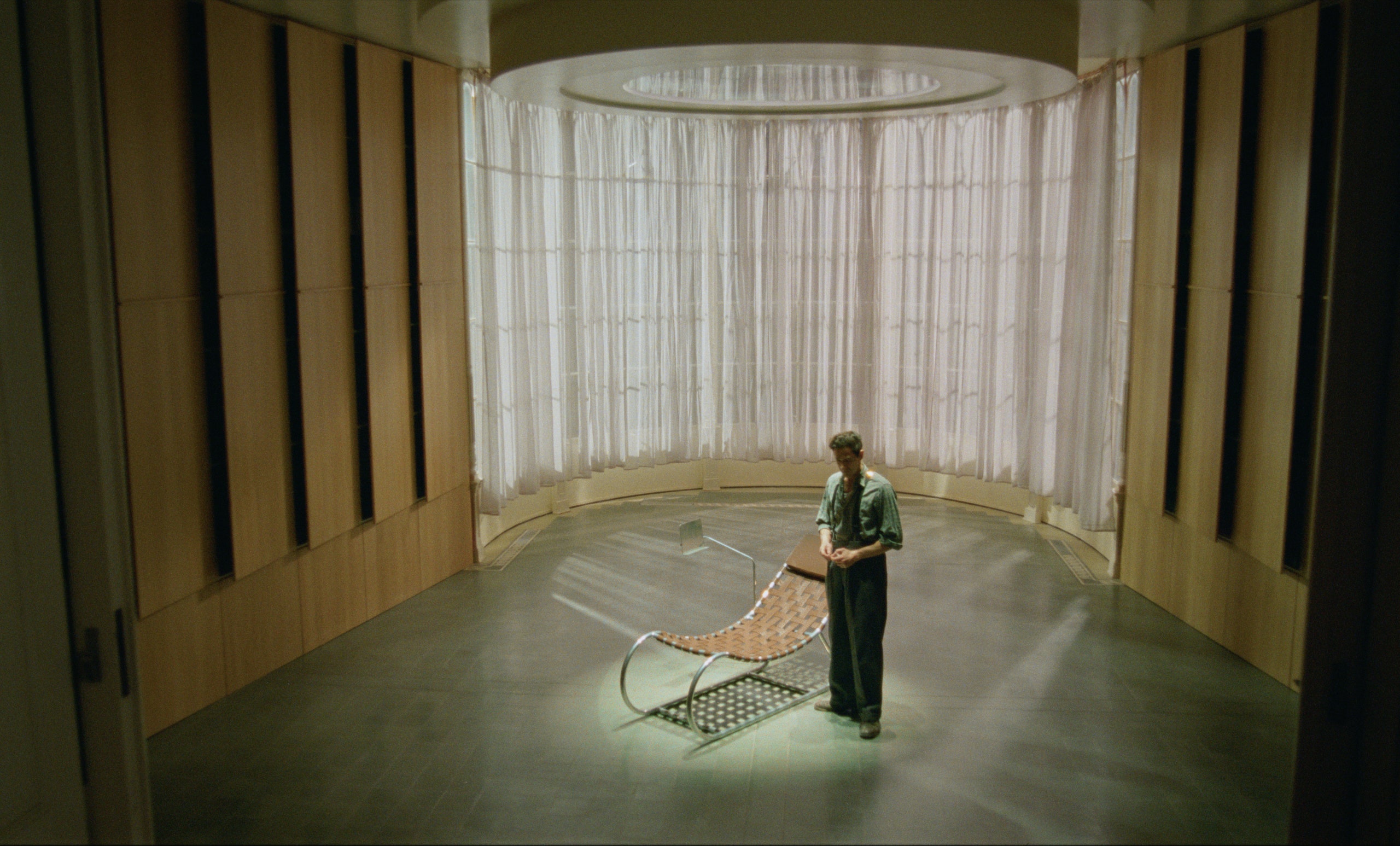
László’s journey mirrors the very essence of Brutalism: a movement born in times of adversity, bringing forth architecture that is direct, unembellished, and a true expression of strength and resilience. In the film, architecture is not just a backdrop—it becomes a character, embodying the tension between idealism and pragmatism, dream and reality.
The film dives deep into the relationship between art and identity, showing how Brutalist architecture—often misunderstood—carries a profound meaning. Every structure designed by László represents not just concrete and steel, but his relentless search for a place in the world. The Brutalist is not just a film about an architect—it’s a film about how architecture shapes lives, cities, and the future itself.

Why Did Brutalism Thrive in São Paulo and Germany but Not in the US?
The Brutalist film just won the Oscars for Best Actor, Best Cinematography, and Best Film Score. But reflecting about this architectural period and my experience working with architecture in Germany, the US and Brazil I was wondering why while cities like São Paulo and Berlin embraced the raw aesthetic of Brutalism, the movement never gained the same traction in the United States. But why?
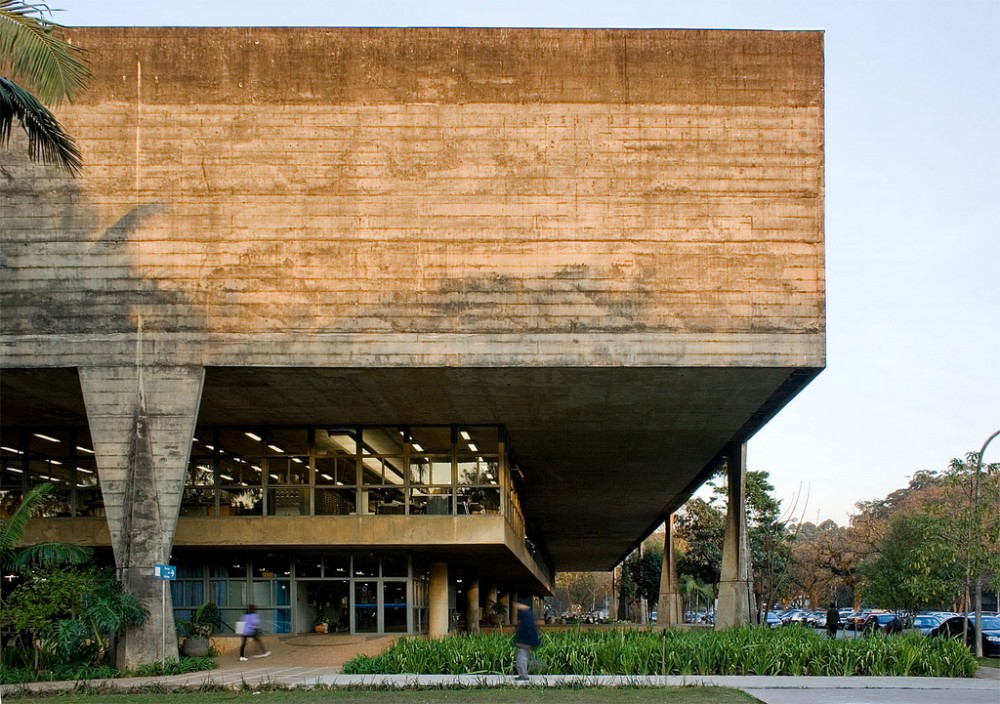
São Paulo: Pragmatism and Cultural Expression
In Brazil, Brutalism was championed by architects like Vilanova Artigas and Paulo Mendes da Rocha, who saw exposed concrete as a way to build efficiently and authentically. Limited resources and the need for robust structural solutions made Brutalism a natural choice for public and institutional buildings.
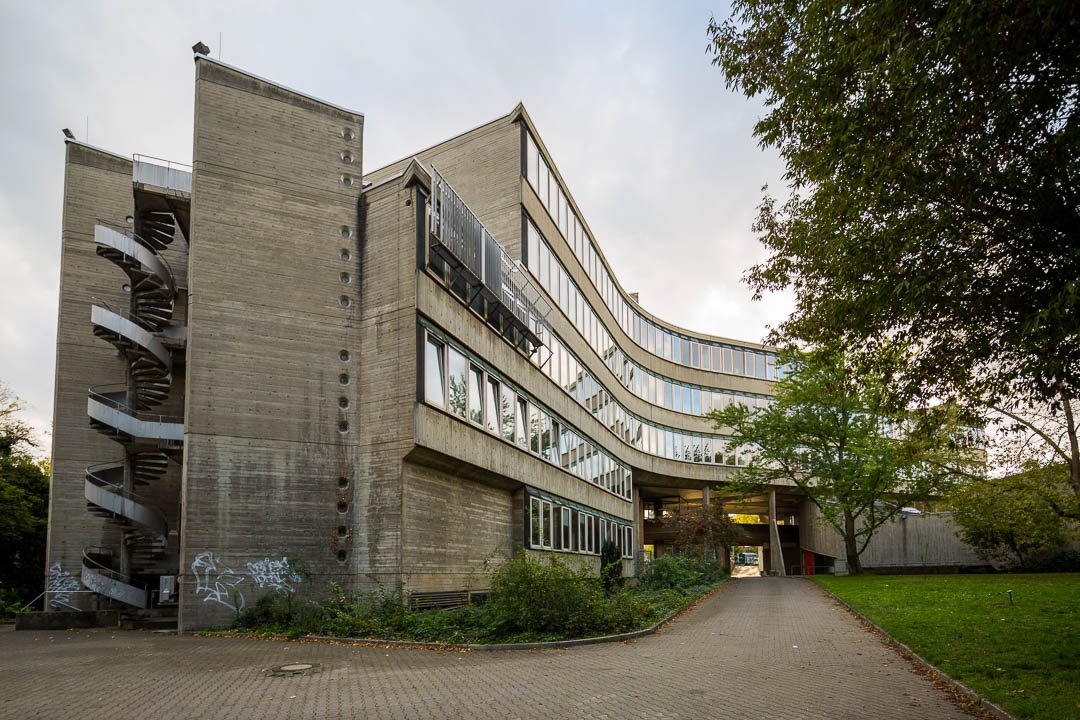
Germany: Reconstruction and Ideology
Post-war Germany (especially East Germany) embraced Brutalism as a symbol of reconstruction and strength. Its raw, monumental materiality reinforced the identity of a new era while also serving as a cost-effective solution for large-scale housing projects.
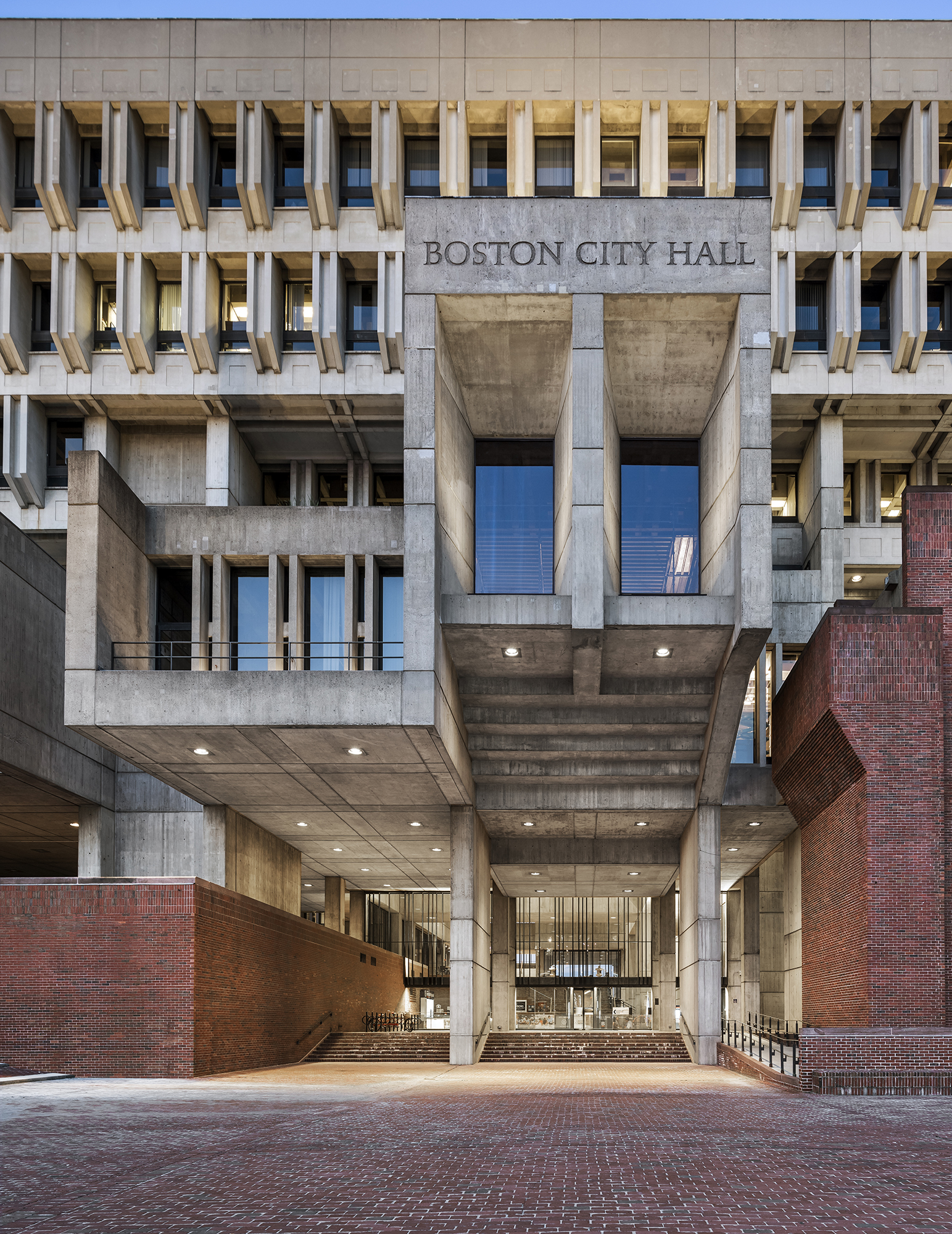
United States: The Rejection of Concrete
In the US, Brutalism faced resistance for several reasons:
✅ The rise of glass-clad modernism, led by Mies van der Rohe and the International Style, made glass and steel the preferred materials for major buildings.
✅ Brutalist buildings quickly became associated with cold, impersonal government structures, leading to public backlash.
✅ The economic prosperity of the US allowed for the use of materials considered “more sophisticated,” avoiding the austere aesthetic of exposed concrete.
While Brutalism never dominated the American architectural scene, iconic examples still exist—such as Boston City Hall and Geisel Library—sparking debate to this day.
When you think about brutalism, what is the first building that comes to your mind (let me know in the comments below)? Do you find it inspiring or oppressive? Let’s discuss!
